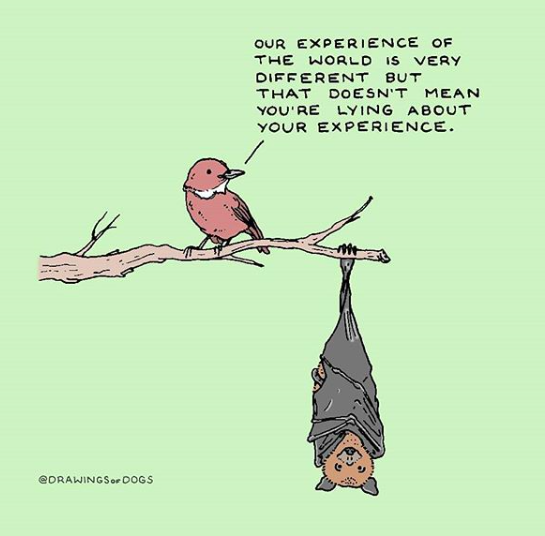Are women visible in your classroom?
Visibility, or the lack of, is a key pillar in the fight for equality. This issue is being talked about with increasing frequency across multiple areas of life including the representation of women in STEM, the traditional ‘great man’ approach to history and a criticism of who is leading our countries and our companies. But why is visibility in the classroom so important?
Diversification of role models
When our syllabus and teaching only makes visible specific people we fall into the trap of upholding voices that are already valued. By extension we are silencing voices that haven’t historically been considered to have value. This is subtle but it has consequences. As a young person, if you don't have to look far to see yourself represented in the world around you, your perception of what is achievable widens. However if you are lacking those representations, it's not that you won't aspire to reach a certain goal, it's that consciously or subconsciously you might not believe it to be as achievable. Supporting this idea is research from Microsoft that shows the number of girls interested in STEM across Europe, on average, almost doubles when they have a role model to inspire them. By increasing the visibility of women and underrepresented groups in your teaching you are providing diverse role models for your pupils.
Development of empathy
Visibility is not just beneficial to those who are looking to see themselves reflected in the classroom. It is beneficial to all. Because listening to other people's perspectives and experiences develops empathy. If we only see the world through one lens we will only understand a singular perspective. Today, emotional intelligence is one of the most highly sought after skills in employees and empathy is a key element of EQ. By presenting your pupils with different lenses from which to view the world you are developing their ability to place themselves in someone else's shoes and you are encouraging an appreciation that a view or perception that is different from one's own is not necessarily wrong.
Encouraging critical thinking
By bringing the issue of the invisibility of women's experiences to the attention of your pupils you are able to initiate a conversation about why this is the case and what it means within the wider context of gender inequality. Of particular importance is the encouragement of intersectional thinking in your pupils. This means exploring the understanding that it’s not as simple as ‘all women are invisible’ and instead recognising that many women exist at the intersection of gender with race, disability, class and so on, and that these intersections make the experience of invisibility far more acute.
how can we make the experiences of women and other MARGINALISED groups more visible in the classroom?
Engage with the issue in your classroom
Need some ideas? Explore the Bold Voices Poster and Activity Sheet - ‘Let’s Make Women Visible’
Ask questions and be critical
Encourage your students to ask these questions, to be critical of what they are learning in their textbooks and in the stories they are consuming:
From whose perspective are we understanding this idea/experience/outcome?
Whose perspective is being excluded?
How can intersectionality help us understand this invisibility better?
Why does this matter?
How can we adjust our perspective to include those that have been excluded?
Amplify voices
And quite simply, let’s make women visible. In many ways it has never been easier to access a multitude of voices, the internet and social media is a plethora of stories and experiences that would not traditionally be included.
Books like Bloody Brilliant Women by Cathy Newman and It's Not About the Burqa by Mariam Khan, alongside organisations such as The Female Lead, all do their part to fill this gap.
So let's listen and let's amplify. Let's disrupt the white-washed, ‘great man’ curriculum and interrogate the syllabus by asking whose voices are being made visible? Whose voices are already being amplified? And who do we need to make sure we hear from as well?

